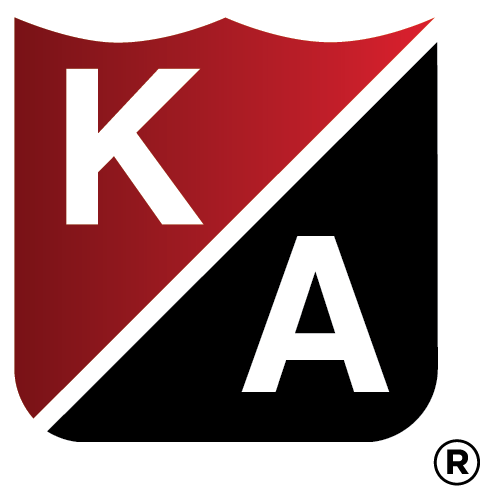Some of the oldest guideposts for ethical behavior in the construction industry state that an individual should act fairly, not take work away from a colleague, not reveal trade secrets, and preserve the image of the craft. In more modern days, ethics is defined as professionally accepted standards of personal and business behavior, values, and guiding principles.
In many organizations, ethics officers now create policies to protect the organization and guidelines for employees to follow related to this personal behavior. The ethics officer then often creates methods to track actions and behaviors related to these organizational ethical goals.
Similarly, the history of risk can also be tracked many thousands of years. For example, the Code of Hammurabi states that if an engineering builds a house and the house collapses and kills the owner, the engineer shall be put to death. If the accident only destroys some goods, the engineer should compensate the home owner for the loss. Early risk transfer dates to the late 1600s when shipping magnates were able to have pools of individuals guarantee compensation for any lost or stolen goods from a shipping voyage. Today, risk is often managed in a similar fashion to ethics. A risk officer creates a log of potential risks and they creates policies and procedures to protect the organization and minimize those risks. Sometimes these risks are insured and sometimes they are not. In a similar fashion to the modern-day ethics officer, the risk officer then creates metrics to measure how well the organization is doing to manage those risks.
The standard processes for ethics and risk management are very similar, yet often fall short. They fall short not because the ethics and risk officers and not fully engaged in those respective goals and objectives. They fall short because, often these two important disciplines are managed as individual silos with each having specific goals and objectives rather than being critical thinking disciplines that support and integrate with organizational strategy and operational decision making. It is one thing for an ethics or risk officer to provide a list of activities to leaders and employees to follow. It is not enough though, for those limited individuals to be the only ones managing and thinking daily about ethics and risk. It is another step entirely for every employee to act and think like an ethics and risk steward of the company, and rely on the ethics and risk officer for guidance and direction related to every business decision.
We have come a long way from the ancient thinking about risk and ethics. It is time to take the next step. It is time for every leader and employee to become a risk and ethics officer and consider risk and ethics as part of every decision-making process and every operational procedure. That is not to say that the work that ethics and risk officers have done to manage lists of issues and policies to minimize them is no longer important. Quite the contrary. That is still critical to the longevity of the organization. However, it is also incumbent on every ethics and risk officer to proactively shape the culture of each organization to ensure that these critical thinking functions are part of the daily fabric of every leader, employee, and decision.



